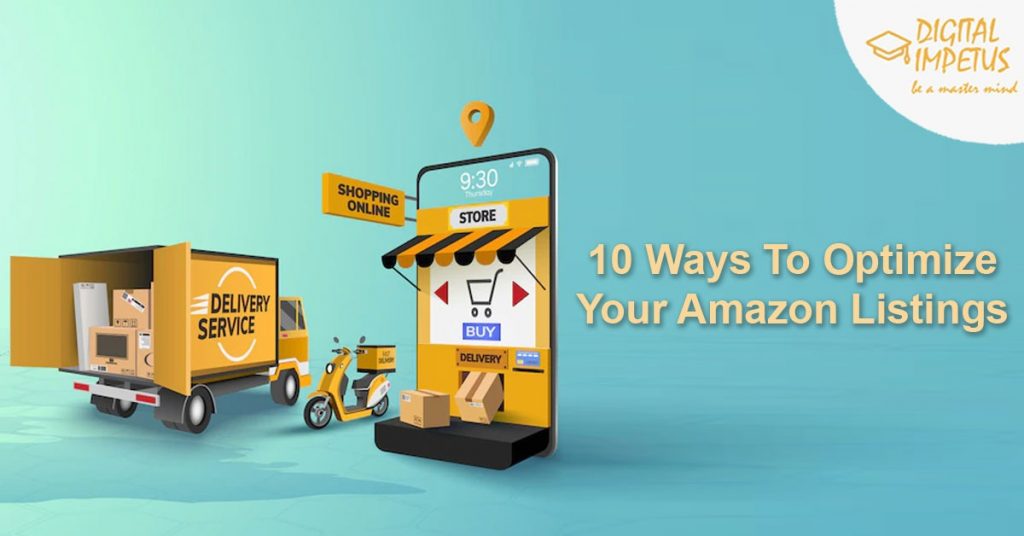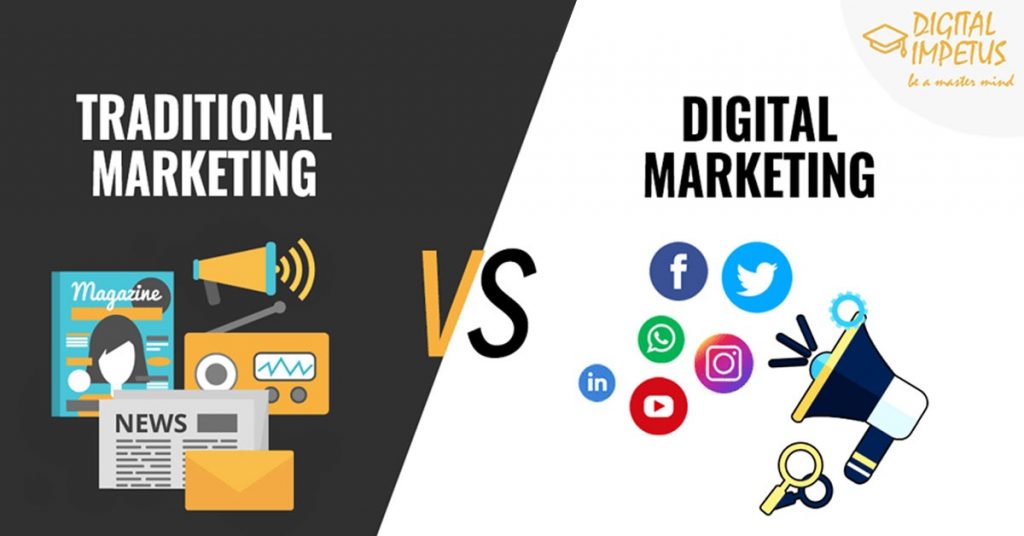The fabric of society is changing and what interests the younger generation is changing even faster. If we talk about the future virtual world: Digital Marketing is about to enter a more challenging territory. Digital Marketing is an umbrella term used for all of your online marketing efforts which includes digital advertising, email marketing, online brochures, Ad world, Google search, social media and many more. Building on the vast increase in consumer power brought on by the digital age, marketing is headed towards being on-demand; not just always “on”, but also always relevant, responsive to the consumer’s desire for marketing that cuts through the noise with pin-point delivery. What is fuelling on-demand marketing is the continued, symbiotic evolution of technology and consumer expectations. When a consumer decides to make a purchase, he/she will venture online to search for information. Marketers have learnt to pre-empt consumer expectations and his/her search behaviour. By optimizing search positioning for their products, companies can make sure their products end up in the consumer choice set. Search marketing is becoming one of the biggest media outlays. Companies have well-directed digital marketing campaigns in place, making perfect use of websites and social medial channels, by trying to promote consumer advocacy and evangelism through the proliferation of positive consumer-generated content. Companies are creating new and improved ways for engaging and involving their consumers. Marketers have been smart to capitalize on the consumer’s desire for more urgency and ubiquity, a desire for greater convenience and value for money. Companies need to focus on identifying the best influence pathways for companies while also triggering new personalized experiences for consumers. Appropriate use of digital information technologies will be the key to these endeavours. The following two key digital technologies that are taking the world by storm are: The Internet The Mobile Every digital interaction represents an opportunity to provide something extra-ordinary to the consumer, through vigorous software development, programming, increased data access and retrieval, and interface possibilities. Digital Impetus: Digital marketing courses, classes and training traverses a course, which commences with investigating the rising power of social media and how organizations can benefit from the world of corporate blogs, Facebook, online communities, social networks, and Wikis and proceeds to explore the domain of the Internet, its characteristics and features, the power of individuals online, and subsequently the realm of the online brand. E-marketing serves as a significant apparatus to build credibility and trust and enhance the value perception of the consumers for a particular organization, product, or brand. It explores the upcoming domains of Facebook marketing and the digital revolution, gaining momentum through the world of Apps and gamification. The Business Drivers in the future virtual world: Digital Marketing Here we addresses the realm of social media, social media analytics and software tools used for analytics in the virtual world, and concepts pertaining to online branding- intricacies of online brand architecture, enriched with strategies directed towards establishing brand resonance, reinforcing brand salience, creating brand identity and meaning and many more. Digital Impetus: Digital marketing courses, classes and training focuses on how organizations can leverage the Internet for greater marketing profitability and revenue generation. By developing the relevant Web business model, organizations can utilize the Web for generating revenue and visibility and by developing the right keyword management strategies and investing in suitable Web traffic plans; they can maximize returns from their online presence. 1] Social Media Social media refers to the means of interaction among people in which they create, share, and exchange information and ideas in virtual communities and networks. Social media is a group of Internet-based application that build on the ideological and technological foundations of Web and that allow the creation and exchange of user-generated content. Furthermore, social media depends on mobile and web-based technologies to create highly interactive platform via which individuals and communities share, co-create, discuss, and modify user-generated content. Despite its low cost, social media accounts for about 10% of the advertising budgets worldwide. Consumers care about what other consumers think, and those with the widest reach have the potential to sway lots of friends and followers. According to the survey, blogs were considered more likely to influence an Internet user’s purchase decision than any other social channels, including Facebook; only brand and retailer’s sites ranked higher. Blogs are the primary place where influencers engage with online fans. Social media nowadays has a great impact on the social behaviour of people and their behaviour as a consumer. Its journey started from digitally empowered desktop computers to super-fast laptops and now mobile phones. This has affected the way brands and consumer’s communicate, which has given birth to a new technique of marketing, namely, inbound marketing. Inbound marketing focuses on producing relevant, audience captivating, high-quality content that attracts consumers towards the online presence of a specific organization, brand, or product. It is a way to earn attention organically. 2] Online Branding The best way to spark a consumer’s imagination and then activate their wallet is to combine the physical and the digital experience, meshing data, online connections, and an on-ground experience. Used with imagination and innovation, digital communication allows organization to work better. Push strategies in marketing use marketing communication to motivate the customer to buy. While the traditional media can be used to push products towards the consumer, once awareness reaches a certain threshold, it starts to plateau. Marketing then needs to engage and immerse the consumer to give him/her a compelling reason to buy. This is where online brands need to be fashioned. In recent years, the offline and online spheres of strategic brand management are becoming more and more inter-connected. Firms are increasing their online spend on digital marketing in the realms of social media, mobile applications, customer relationship management [CRM], customer analytics, tablet applications, content management, collaboration tools, predictive analytics, campaign management, search engine optimization[SEO], e-mail marketing, single view of customer, score cards or dashboards, and reputation management. Branding is an on-going process of monitoring brand perception to ensure that a brand is always meeting consumer











